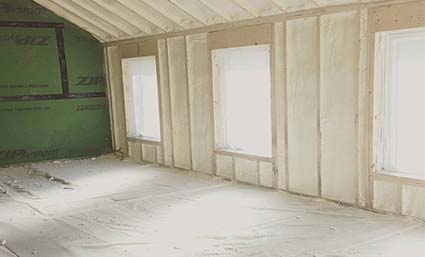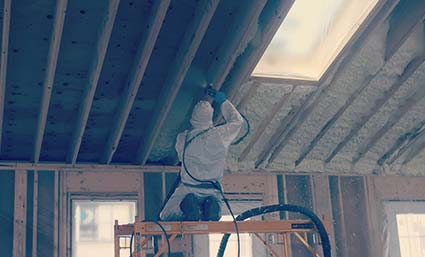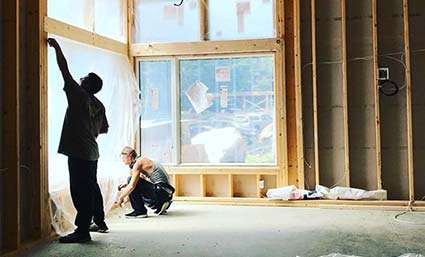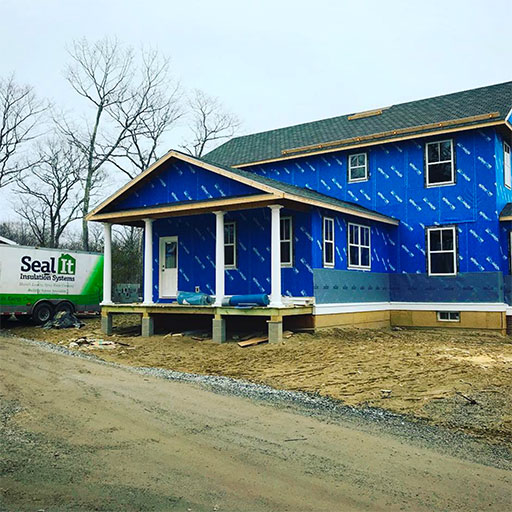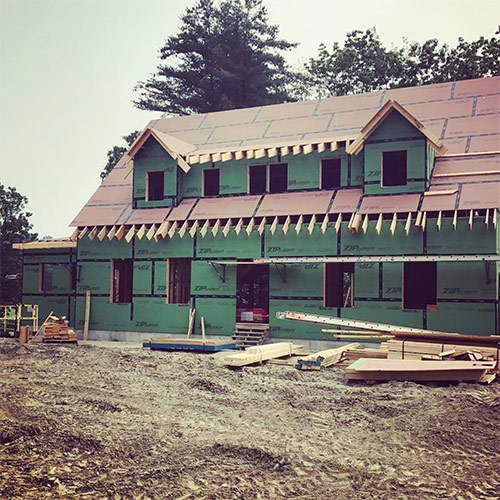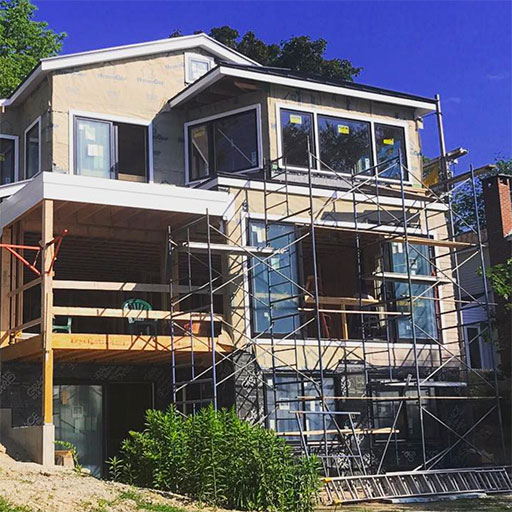In the picturesque landscapes of Maine, where the climate can offer as much variety as its scenery, maintaining a comfortable and energy-efficient home is a priority for many. The secret to this comfort and efficiency largely lies in one often overlooked aspect of home construction and renovation: insulation.
Today, we’re going to demystify two critical terms you’ll encounter on your quest for the perfect insulation: R-value and U-value.
The Science of Insulation
At its core, insulation serves as a barrier that slows the movement of heat, helping keep your home warm during the frigid Maine winters and cool during the humid summers. This resistance to heat flow isn’t just about comfort; it’s also about cost-effectiveness, reducing the need for heating and cooling and thereby lowering energy bills.
Decoding R-Value
The R-value is a measure of the insulation’s ability to resist heat flow. The higher the R-value, the greater the insulation’s effectiveness. When selecting insulation materials, understanding the R-value is crucial.
However, the optimal R-value for your home depends on several factors – including climate, type of heating and cooling system, and part of the house you’re insulating. For example, attic insulation in Maine homes typically requires a higher R-value compared to interior walls, due to the attic’s direct exposure to outdoor temperatures.
Understanding U-Value
While R-value measures resistance, U-value measures the rate of heat transfer. It’s often used in the context of windows or doors, offering insight into how well these elements can keep heat inside your home.
A lower U-value indicates better insulation properties. In the cold climates of Maine, choosing windows with a low U-value can significantly enhance your home’s warmth and energy efficiency.
R-Value vs. U-Value: What Sets Them Apart?
Though they might seem similar at first glance, R-value and U-value serve different, yet complementary, purposes in the realm of insulation. Remember, the R-value refers to the amount of heat that does not break through a material, and the U-value refers to the amount of heat that does make it through a certain material.
R-value applies primarily to bulk insulation products like batts and rolls, while U-value is crucial for evaluating the thermal performance of building elements like windows and doors. Understanding the distinction and importance of each can guide you in making comprehensive insulation choices that cater to all aspects of your home.
How to Make an Informed Insulation Decision
For homeowners in Maine, navigating the world of insulation values can seem daunting. However, armed with a basic understanding of R-value and U-value, you can make informed decisions tailored to the unique needs of your home.
Consider consulting with insulation experts to determine the ideal combination of materials and techniques to maximize comfort and efficiency. Remember, investing in proper insulation not only enhances the livability of your home, but also contributes to long-term savings on energy costs.
Understanding the intricacies of R-value and U-value is essential for any homeowner in Maine looking to improve their home’s insulation. These metrics, while technical, provide a roadmap to selecting the right materials and strategies for your insulation projects. At Seal It Insulation Systems, we pride ourselves on guiding homeowners through these decisions, ensuring that each home is as energy-efficient and comfortable as possible.
If you’re ready to learn whether your home is ready for insulation, get a free quote from Seal It Insulation Systems today!

